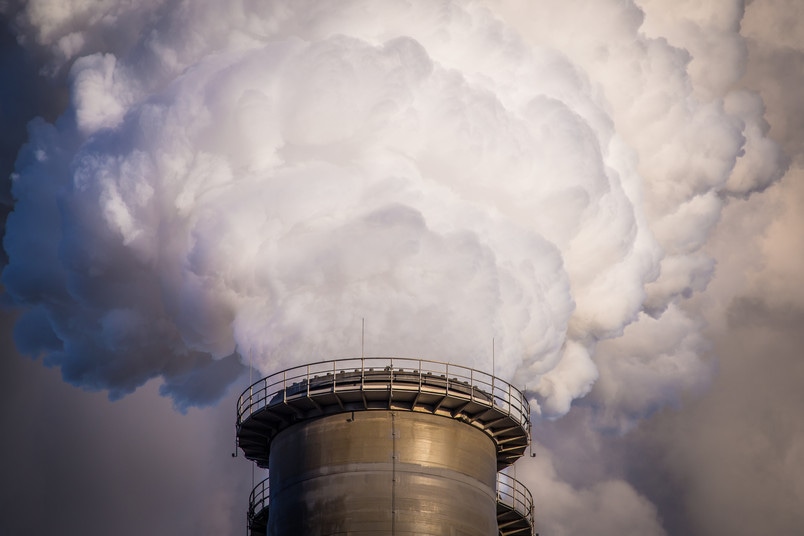Apr 19 2018
Scientists from Ruhr-Universität Bochum have discovered a method for converting climate-impacting CO2 into an alcohol that can be used as a raw material for the chemical industry—without synthesizing excessive amounts of salt water, which is the usual norm.
The team, which included Timo Wendling and Professor Dr Lukas Goossen, collaborated with a colleague from the Technical University of Kaiserslautern to describe the reaction mechanism in Chemistry—A European Journal.
 To counteract climate change, chemists are trying to harness man-made CO2 as a raw material. (Image credit: Fotolia, powell83)
To counteract climate change, chemists are trying to harness man-made CO2 as a raw material. (Image credit: Fotolia, powell83)
The process of converting CO2 into an alcohol without producing unnecessary waste products involves a two-step reaction. The difficulty faced during the process is that for the reasons of energy, it was not at all possible to reconcile the two partial reactions. From a thermodynamic perspective, to render the processes compatible, appropriate catalysts are required to enable the partial reactions.
After examining various substances, the researchers identified the two catalysts which had required characteristics, such as a copper compound for the primary reaction step and a rhodium/molybdenum compound for the secondary reaction step. The right quantity and composition of solvent with which the reaction occurred were also important.
This is How the Reaction Works
In carboxylation - the primary partial reaction - the scientists coupled CO2 to a hydrocarbon compound. To achieve this, a proton (H+) is liberated from the hydrocarbon compounds; the vacant site is occupied by CO2 molecule, resulting in the production of an acid. A base absorbs the excess proton. In hydrogenation - the second step - the acid is converted into an alcohol by the exchange of protons. Then, the proton absorbed by the base is released and is thus recycled.
The researchers reported the possibility of carrying out this reaction with the hydrocarbon compound phenylacetylene. Further researches should investigate and find whether the concept can be extended to other organic compounds as well.
The team used this catalyst system and realized a recycling rate of 40% for the base.
This shows that the base is not destroyed during the reaction, but that the process must still be significantly improved to become usable on an industrial scale. We have taken a first important step towards harnessing CO2 for the chemical industry, which would be a great economic and environmental advantage.
Lukas Goossen, Excellence Cluster Ruhr Explores Solvation (Resolv)
This study was supported by the German Research Foundation within the Excellence Cluster Resolv (EXC 1069), the German Federal Environmental Foundation, Fonds der Chemischen Industrie, and the Carl-Zeiss-Stiftung.